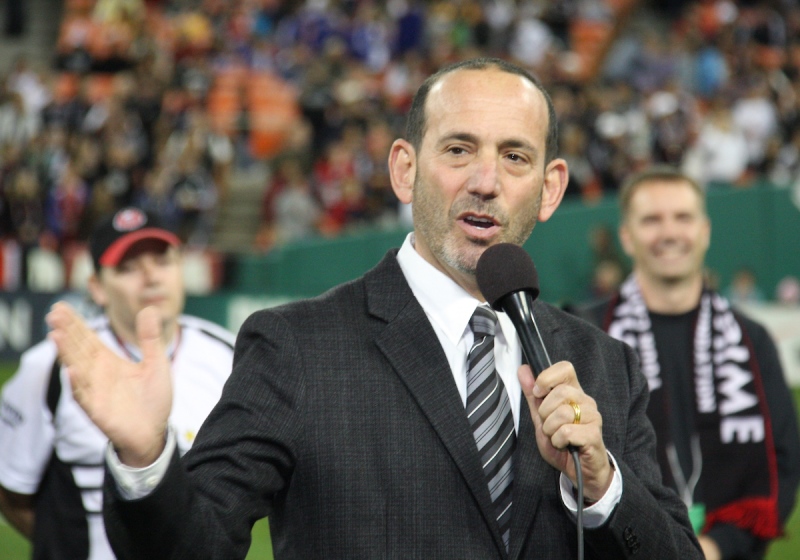Don Garber: "Truly an Honor"
Two events happened in May and August of 1999 that will forever be linked with sparking today’s thriving men’s professional game in the United States: the opening of the country’s first soccer-specific stadium in Columbus, Ohio, and the appointment of Don Garber as MLS Commissioner.








